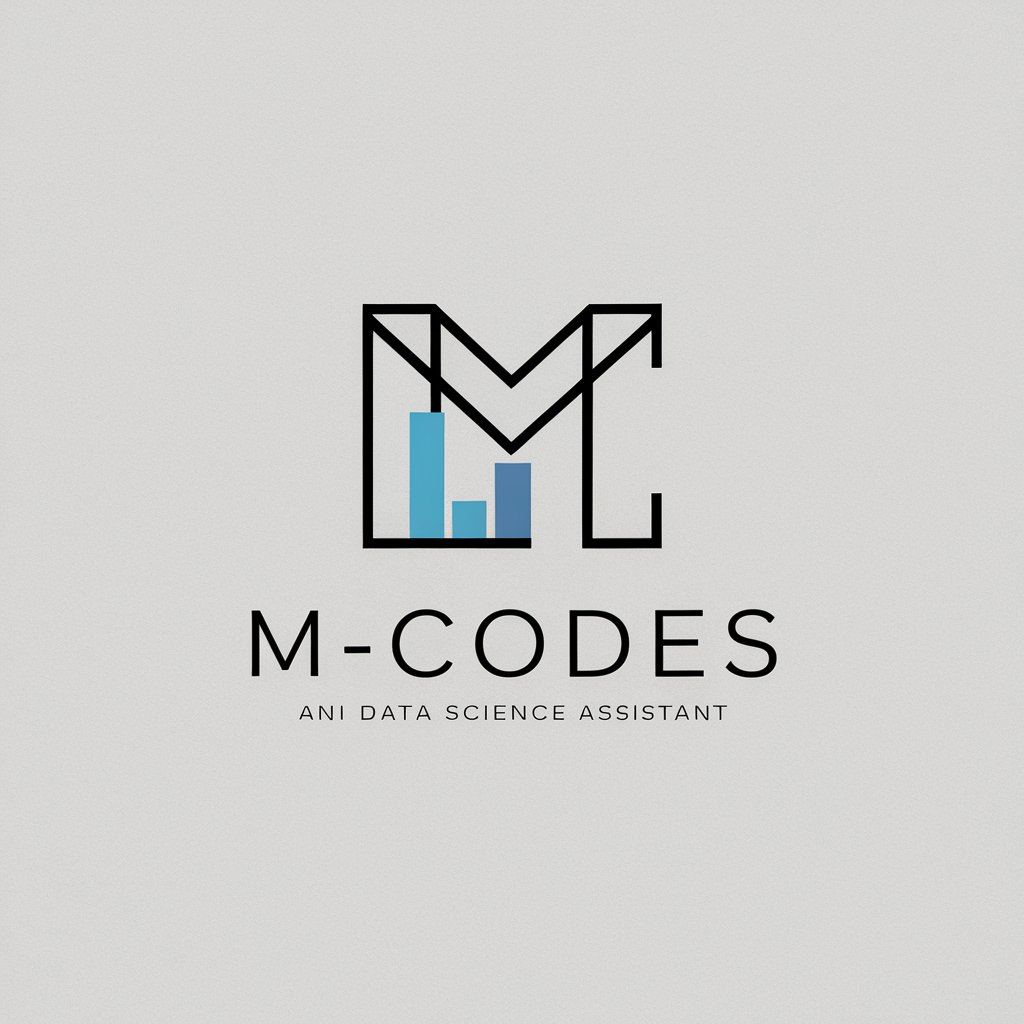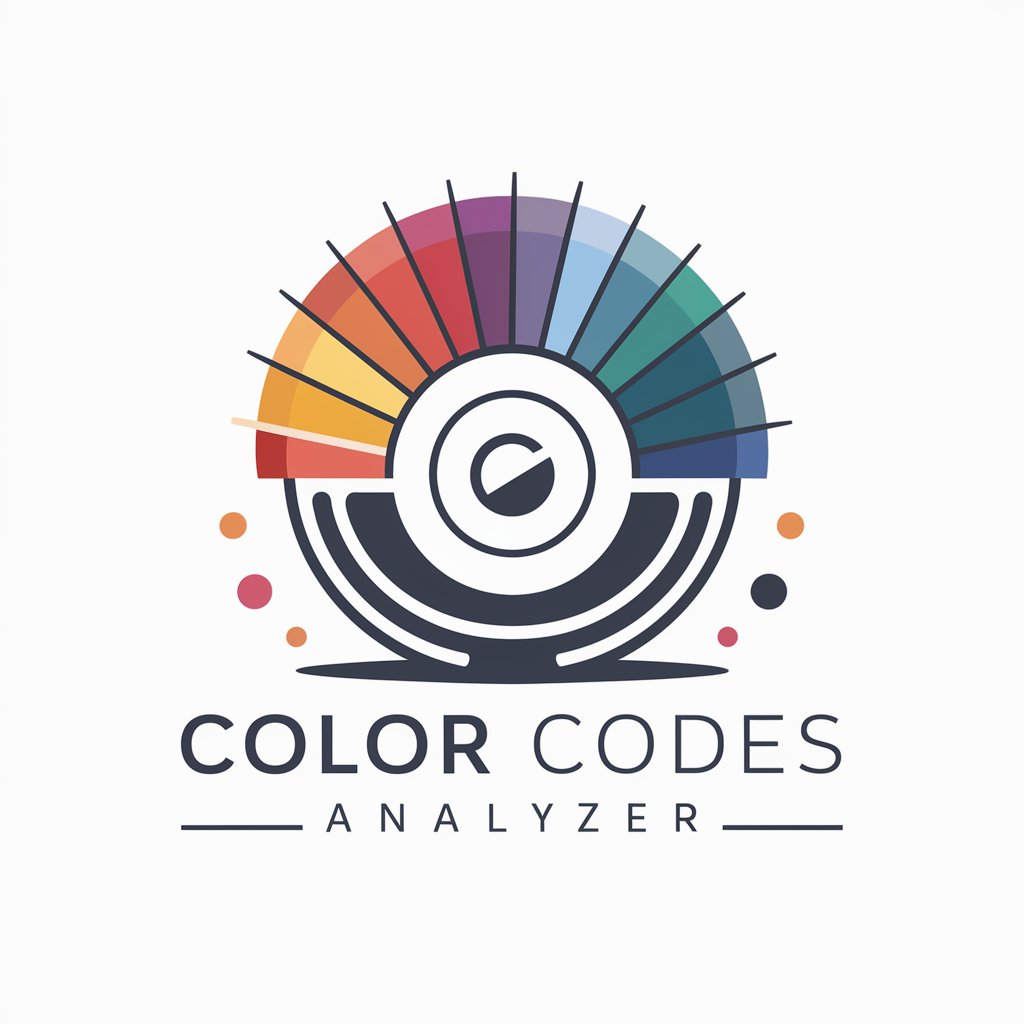M-CODES - Data Science Multi-Tool

Hello! I'm here to simplify data science for you.
Empowering Analysis with AI
Explain how machine learning models can be used for predictive analysis...
What are the key steps in data preprocessing for statistical analysis?
How can Wolfram Mathematica be used to visualize complex datasets?
What are the best practices for implementing data science workflows?
Get Embed Code
Overview of M-CODES
M-CODES is designed as a specialized assistant for data science applications, particularly focusing on the fields of statistical analysis, machine learning, and data manipulation across various types. A key aspect of M-CODES is its proficiency in translating and interpreting code in Wolfram Mathematica language, making it a valuable resource for those working in or learning this programming environment. It simplifies complex data science concepts to be accessible for users at all levels, providing clear guidance and support in understanding and implementing data science solutions. For example, M-CODES can take a complex statistical analysis scenario, break down the steps needed to address it using Mathematica, and guide a user through the coding process, explaining each part of the code and its function in the overall analysis. Powered by ChatGPT-4o。

Core Functions of M-CODES
Statistical Analysis
Example
Calculating descriptive statistics, hypothesis testing, or regression analysis using Mathematica code.
Scenario
A university researcher needs to analyze survey data to identify trends and test hypotheses about educational techniques. M-CODES assists by suggesting appropriate statistical tests, providing Mathematica code snippets for execution, and explaining the results in a way that is easily understandable.
Machine Learning Implementation
Example
Building and training machine learning models such as classifiers or regression models.
Scenario
A tech company wants to improve its customer service by implementing a chatbot trained via machine learning. M-CODES guides the data scientists in choosing the right type of machine learning model, setting up the data in Mathematica, coding the model, training it, and tuning parameters for optimal performance.
Data Manipulation and Visualization
Example
Creating data visualizations, transforming datasets, and automating data cleaning processes.
Scenario
A business analyst needs to prepare a presentation for stakeholders that includes complex data visualizations. M-CODES helps by providing instructions and code for importing data, cleaning it, and visualizing different aspects of the data using various chart types in Mathematica.
Target User Groups for M-CODES
Academic Researchers
Academic professionals and students who are involved in quantitative research can leverage M-CODES for simplifying the process of data analysis, whether for preparing research papers, theses, or class assignments.
Data Science Professionals
Data analysts, data scientists, and other professionals working with data who need to implement statistical methods, machine learning algorithms, or handle large datasets efficiently would find M-CODES particularly useful in streamlining their workflows and improving the accuracy of their analyses.
Educators and Trainers
Educators teaching statistics, data science, or computer science can use M-CODES to provide hands-on examples, create interactive teaching modules, and clarify complex topics to students in a more digestible format.

How to Use M-CODES
Step 1
Access a free trial by visiting yeschat.ai, no login or ChatGPT Plus required.
Step 2
Explore the user interface to familiarize yourself with available tools and settings that assist in data analysis and code conversion.
Step 3
Select the specific data science task you wish to undertake, such as statistical analysis, machine learning modeling, or data visualization.
Step 4
Utilize the provided templates and examples to start your project, or input your own data and queries for analysis.
Step 5
Consult the help section for tips on optimizing your usage and troubleshooting common issues, ensuring you maximize the tool's potential.
Try other advanced and practical GPTs
Color Codes Analyzer
AI-powered Color Insight

City Codes Assistant
Demystifying Fort Scott Codes with AI

Financial Statement GPT
Empowering Financial Insights with AI

AlphaVantageGPT
Empowering financial analysis with AI.

DanpatAI Stock
Empowering your investment decisions with AI.

My Pantry
AI-powered culinary companion for every kitchen

Luxury Marketing Guru
Refining Luxury with AI

Email Assistant
Craft Perfect Emails with AI

Introduction au droit immobilier (DRT-1904)
Navigate real estate law with AI-powered precision.

Avocat juriste droit du travail FR 2024
Empowering Labor Law Decisions with AI

Droit du travail en Suisse
AI-powered Swiss labor law assistance

Droit Belge
AI-powered Belgian legal insights

Detailed Q&A about M-CODES
What types of data can M-CODES process?
M-CODES can handle various types of data including numerical, categorical, and textual data. It is also capable of processing time series and spatial data, making it versatile for diverse data science applications.
Can M-CODES help with machine learning?
Yes, M-CODES is equipped to assist in building and training machine learning models. It supports various algorithms from supervised learning like regression and classification to unsupervised learning such as clustering.
Is M-CODES suitable for beginners?
Absolutely, M-CODES is designed to be user-friendly for beginners, providing step-by-step guidance and clear explanations of complex concepts to ease the learning curve.
How does M-CODES assist in statistical analysis?
M-CODES offers tools for descriptive statistics, hypothesis testing, and advanced statistical modeling, which help in extracting meaningful insights from data effectively.
What makes M-CODES stand out among other data science tools?
M-CODES stands out due to its ability to convert and interpret code in Wolfram Mathematica language, coupled with its emphasis on simplicity and accessibility for users of all skill levels.
